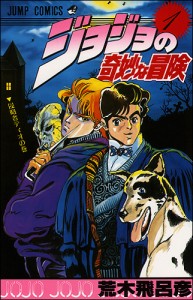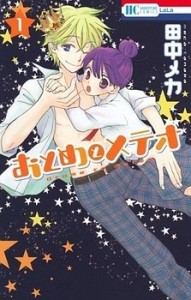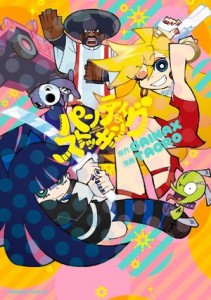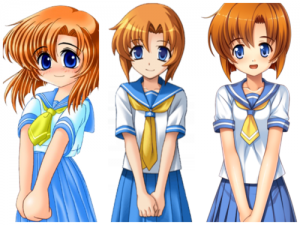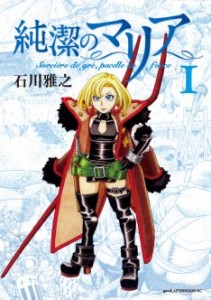By Atsushi Ohkubo. Released in Japan by Square Enix, serialized in the magazine Shonen Gangan. Released in North America by Yen Press.
After the horror of the final chapter in Volume 20, I think readers needed a break, so it was nice to see the Spartoi out on a normal silly mission to help some Moby Dick-esque villagers harpoon a giant sky whale (ethics of this aside). It’s sort of a last hurrah for simple missions, and for that matter a last hurrah for Black*Star doing something dumb and silly. Because things are coming to a climax, and this volume’s cover is even darker than the grey of last volume, so we know things are going to get even worse, starting from when the group returns to find that an order has been given to have Crona executed.
I like that the ethics of this are debated somewhat, and it’s clear that Maka wants a chance to talk Crona down from the insanity (this despite, as has been pointed out, by this point Crona has killed an ENTIRE CITY). And it’s a sign of Kid’s maturity that he allows them to do this rather than sticking to the strict letter of the law. (Speaking of Kid, it’s becoming more apparent that Shinigami-sama has been waiting for Kid to reach this stage of maturity, and I suspect that of all the characters who might die before the end, he’s near the top, if only so that Kid can inherit. He even implies as much to Maka’s father.
Speaking of Maka, she really gets to show off, albeit accidentally, when she finds the Kishin’s bolthole while searching for Crona using her soul sense. And naturally, given the prominence of it in art since the start, Kishin and his evil minions are on the Moon. And so, leaving Maka and company to deal with Crona, most of the older main characters (plus Kid, Liz and Patti) head off to the moon to go and stop Justin and his fellow insane believers. The latter half of the volume is very much an action-oriented scene, with lots of back and forth and signs of the unstoppability of the enemy being combined with hope for our heroes. The storyline has reached truly epic proportions.
Which is why I find it interesting that all my favorite moments in this volume were small things. Maka’s conversation with her father, where he gives her his wedding ring. The incredible sadness that is Liz and Patti, being forced to write their wills before they go off to a battle of almost certain death, discovering they have no one to leave anything to. The incredibly stupid “H-ey” pun that Yen sadly tries to translate and doesn’t quite pull off, though they at least point out the original in the footnotes. And Eruka Frog, hanging out in her cell at DWMA, realizing that Medusa’s snakes are no longer in her body and simply saying “She’s dead!”
Crona only had a brief role in this volume after the tour de force that was the previous cliffhanger, and I expect we’ll see a lot more of that plot in the future. But for the most part, enjoy the cast of Soul Eater, fighting on the Mountains of Madness on the Dark Side of the Moon.
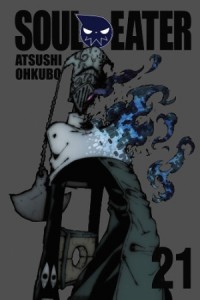
 ASH: Every once in a while a week comes along that, despite there being
ASH: Every once in a while a week comes along that, despite there being  MICHELLE: I’ll undoubtedly read this important work, but, if I’m honest, my heart belongs to the latest volume of
MICHELLE: I’ll undoubtedly read this important work, but, if I’m honest, my heart belongs to the latest volume of 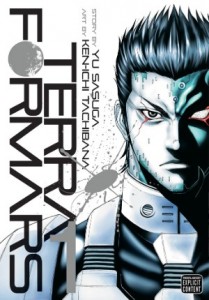









 SEAN: Well… I was going to pick Terra Formars here, but after my
SEAN: Well… I was going to pick Terra Formars here, but after my 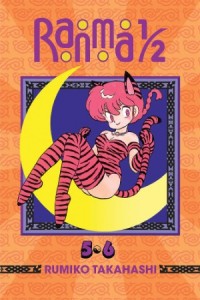








 MJ: It’s a fairly money-saving week for me, as there isn’t anything
MJ: It’s a fairly money-saving week for me, as there isn’t anything 